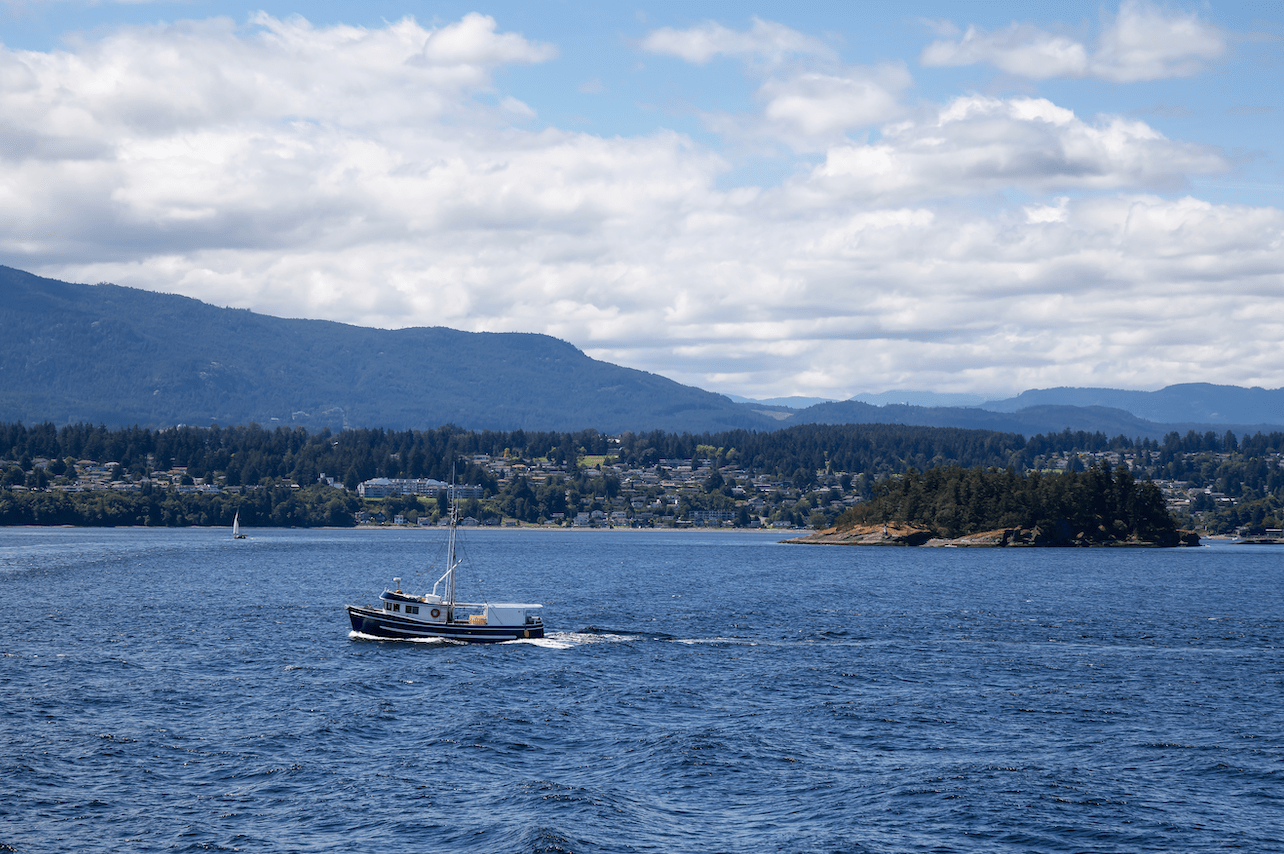OTTAWA – The Government of Canada announced that the members of the Trans-Pacific Partnership (TPP) have successfully concluded negotiations on a free trade agreement that will benefit Canada’s economy. The TPP agreement will give Canada preferential access to dynamic and growing Asia-Pacific markets. Tariffs and other barriers faced by a wide range of Canadian products from various sectors will be cut; these sectors include agriculture and agri-food, fish and seafood, forestry and value-added wood products, metals and mining, and manufactured industrial goods.
The agreement will also provide improved access in areas such as financial, professional, architectural and engineering, research and development, environmental, construction and transportation services.
The Government of Canada also announced a new, comprehensive set of programs and initiatives to benefit and support supply-managed producers and processors throughout the implementation of the TPP. In the TPP, the government successfully protected the three pillars of Canada’s supply management system, which will remain intact.
The TPP, for the first time in a Canadian free trade agreement, will have a dedicated chapter with specific measures to assist small and medium-sized enterprises (SMEs) to help them take full advantage of the opportunities this agreement will create. This reflects the Government of Canada’s commitment to significantly increasing the number of Canadian SMEs exporting to emerging markets.
The largest trading bloc in the world, the TPP will deepen Canada’s trading relationships with dynamic and fast-growing markets in the Asia-Pacific region, as well as strengthen Canada’s traditional partnerships in the Americas. The TPP will strategically set the terms of trade in this important region. As a founding member of the concluded TPP, Canada will have a deciding voice as additional countries seek membership in the “open architecture” agreement.
This trade agreement bolsters Canada’s strategic position in the global economy. The TPP and trade agreements with the European Union and South Korea make Canada the only G-7 nation with free trade access to the United States and the Americas, Europe and the Asia-Pacific region.
Quick Facts:
- Trade is equivalent to more than 60 percent of Canada’s annual gross domestic product (GDP), with one in five Canadian jobs linked directly to exports.
- Twelve countries make up the TPP: Australia, Brunei, Canada, Chile, Japan, Malaysia, Mexico, New Zealand, Peru, Singapore, the United States and Vietnam.
- The TPP membership represents a market of nearly 800 million people and a combined GDP of $28.5 trillion.
- Eighty-one percent of Canada’s total exports already go to TPP members.
- TPP countries include some of the fastest-growing economies in the world, and this is expected to continue to be the case.
- Many of the TPP members are wealthy economies. The average per capita GDP in TPP countries is nearly $35,000.
- The Asia-Pacific region is expected to represent two thirds of the world’s middle class by 2030 and one half of global GDP by 2050.
- Canada has concluded free trade agreements covering 51 nations.
- Canada’s new free trade agreements with the European Union, South Korea and TPP countries will give Canadian businesses preferential access to over 60 percent of the world’s economy and more than 1.3 billion consumers.

